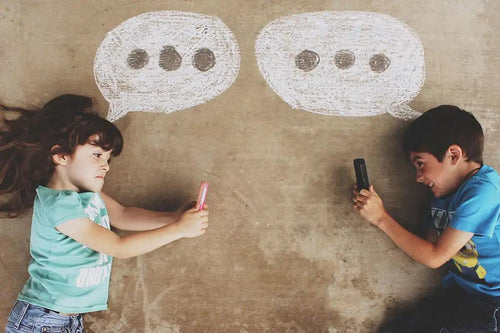Helping Students Use Conflict Management Techniques in the Classroom

Conflict is an inevitable part of life. No matter how calm, inclusive, and compassionate your class is, your students will still deal with conflict in your classroom. Giving them the tools to deal with conflict early on prepares them to deal with conflicts they’ll have later in life. If you resolve all their problems for them, they’ll miss out on those vital skills. Many teachers have found ways to teach their students to self-regulate, identify their emotions, and resolve conflicts on their own. Here are some ways that can be done in your own classroom.
- Cool off. You can’t solve anything when your emotions are heightened. Younger students may have a harder time with this than older students. This can be done with things like meditative breathing or counting to 10.
- Share, Listen, Understand. This will most likely take a lot of practice. Students will need to learn to share their feelings in a healthy way. Using “I” statements instead of “you” statements is a good start. For example, “I feel sad when you say that to me”. Students will then need to listen to what is being said and take the time to stop and understand what is being said. You can affirm what’s being said by starting a sentence with, “I think I heard you say…” or “I believe you want me to… is that correct?”.
- How big is the problem? Students will assess the size of their problems. There are worksheets students can use to determine if their problems are big problems or little problems. This will help students regulate their responses to conflicts.
- Turn problems into opportunities. One teacher has implemented an ongoing project where all students write down an issue their facing. They’re paired up and they can talk about their issue with the other student. This offers practices in learning and empathizing as well as communication. Getting a different perspective is great as well.
- Brainstorm solutions. Encourage students to work together to find a solution that suits them both.
- Acknowledge, forgive, or thank. Ending the conflict on a positive note is important. Acknowledging what’s been done and said, forgiving each other, or thanking each other for working though the problem is a great way to end the conversation.
Related Courses
- Classroom and Behavior Management Strategies that Work
- Developing Students’ Mindfulness Practice to Support Engagement, Self-Regulation, and Achievement
- A Mindful Pedagogy: Strategies for Creating Compassionate and Purposeful Learning Spaces
- Stopping Disruptive Behavior